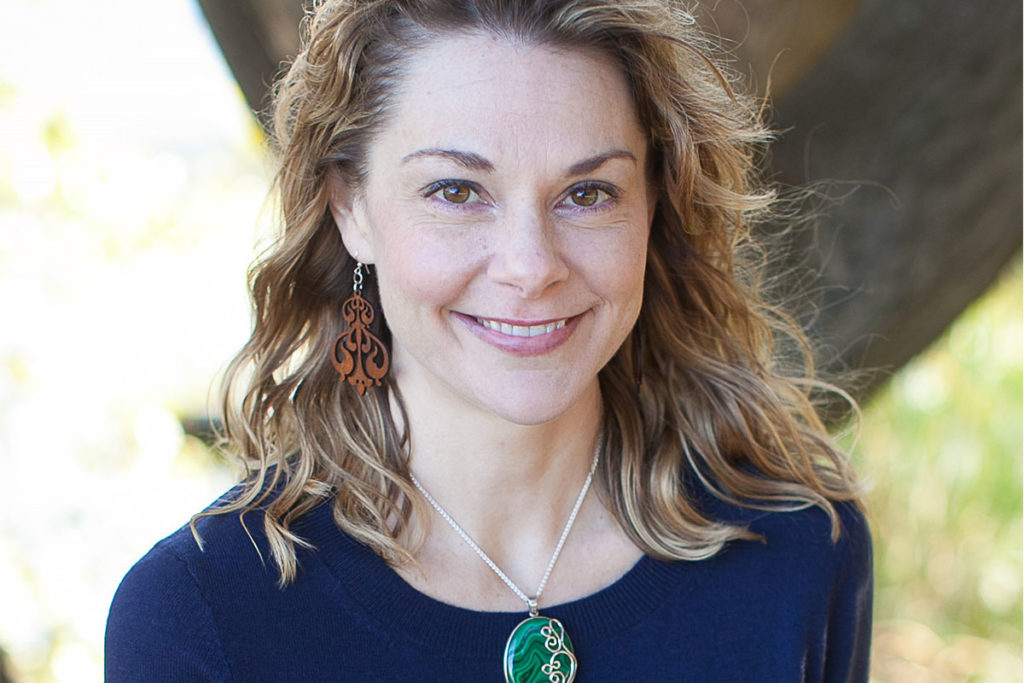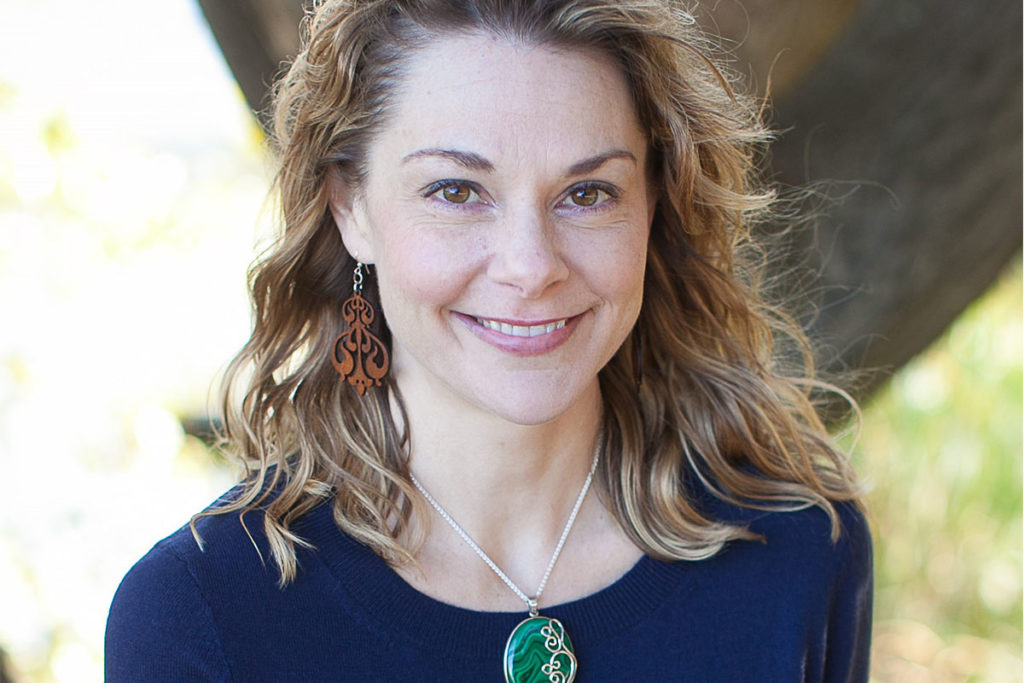If you’re a regular cannabis consumer, you’ve likely experienced what struck you as moments of piercing insight and emotional depth while you were high. Could those aha moments be harnessed for self-growth in a professional therapy session?
Some psychotherapists believe they can, and a small number are practicing what they call cannabis-assisted therapy.
In scientific literature and pop culture mythology alike, the power of mind-altering substances to produce insights has been met with disdain and delight alike. Recently, however, some researchers are investigating the beneficial aspects of cannabis and how its so-called psychedelic properties can work therapeutically.
Famed American psychologist James Fadiman explored its potential in the 1960s and other researchers have continued to build on his findings.
“The term psychedelic is definitely hard for the public to discern,” said neuroscientist Adie Wilson-Poe of the Washington University School of Medicine in St. Louis. Wilson-Poe, who studies the addictive and pain-relieving properties of opioids and cannabinoids, finds that “the term psychedelic is definitely hard for the public to discern.”
“There is still a lot of misinformation and stigma out there. Experts would agree that the term psychedelic means the ‘mind-manifesting’ or consciousness-expanding properties of a substance,” Wilson-Poe said. “Cannabis fits some of the criteria, but not all, and probably only under the right conditions or in certain individuals.”
Now other professionals are ushering cannabis into new realms of treatment. Marijuana.com spoke with Sara Ouimette, a licensed marriage and family therapist in Oakland, California, who explained how cannabis is useful in psychotherapy.

Sara Ouimette, a licensed marriage and family therapist (LMFT), incorporates cannabis and other substances into her psychotherapy practice in Oakland, California. (Photo Courtesy of Sara Ouimette)
Q: We’ve heard about cannabis-assisted psychotherapy. What are the benefits of integrating weed into therapy and how does it work?
A: It’s therapy where someone doses themselves in my office or right before they come in. We have a therapy session while the person is under the influence of cannabis.
Cannabis-assisted therapy is still an experimental treatment. I’m involved in psychedelic research being done by M.A.P.S. That stands for Multidisciplinary Association for Psychedelic Studies, and it’s a nonprofit research and educational group. One of the areas they’ve studied most extensively is the use of MDMA, or “ecstasy,” therapy for people dealing with PTSD [post-traumatic stress disorder].
I see cannabis as a psychedelic, or “mind-manifesting” substance, too, and it’s the only legal psychedelic substance that can be used in psychotherapy outside of a research setting or without a prescription. Therapy with a psychedelic substance can be healing, helping people process and move through really challenging emotions and memories that might otherwise feel intolerable.
On my own, I have studied how cannabis has been used in meditation or as a spiritual tool in different cultures. In my approach I’ve combined this study with my own experience of cannabis and my knowledge as a therapist involved in psychedelic research to offer this “alternative” treatment.
Q: Tell us how the therapy works.
A: For starters, I only practice this therapy with people who are experienced cannabis users, but not everyday users.
I follow the protocols established by M.A.P.S. [the Multidisciplinary Association for Psychedelic Studies]. There are three preparatory sessions where I meet with the client and discuss what they want to work on, the symptoms they’re experiencing, and any traumas they might want to process. During these prep meetings, we also discuss what the cannabis session will look like, including what strain they may want to use.
For the cannabis session itself, I suggest that people vape. It’s easier to manage dosage that way, and there’s a quicker onset and shorter duration than other methods of consumption. I don’t want people to leave my office super-medicated.
I recommend that people choose a cannabis strain that they feel comfortable with. What often works is a well-balanced hybrid blend. Ideally, I want people to both be in their bodies and get a bit of a head high as well.
Cannabis sessions are longer than a traditional therapy session, about two hours, so I can be with people the whole time they’re medicated or altered.
I might start the session by leading the client through some breathing exercises to get in touch with themselves and their breath, and then move on to meditation and visualization. We’ve likely talked in the preparation sessions about the types of things they might want to visualize. Perhaps they want to work on getting in touch with their inner child, or working through a painful incident from their childhood, so we’ll have talked about what those visualizations might look like.
I see cannabis as useful in both amplifying feelings and bringing to the surface unconscious memories, sensations and feelings. I think it can be especially helpful for someone who has a hard time accessing their feelings.
We know that cannabis can be an effective tool for managing anxiety or depression since it’s a euphoric and it can also help people relax. With cannabis-assisted therapy, however, I’m using it in a very different way — not to cover up depression or anxiety, but to get to the roots of what’s causing these states. In this way, it can accelerate therapy.
For people who are what I’d call really defended and who have a difficult time being vulnerable, cannabis can help them loosen up a bit so that they can access deeper parts of themselves in the presence of another person.
To facilitate going deep inside, I sometimes suggest that people put on an eye mask as a type of blindfold. We might sit for a while in silence or with music playing while they go inward. Afterwards, I’ll ask them to share an insight they had.
Q: What happens after this cannabis session? More marijuana-fueled therapy?
A: As a bookend to those three preparation sessions, there are three integration sessions. We talk about what happened during the cannabis session, how it felt different from talk therapy, the insights they gained, and most importantly, how to implement whatever insights were gained so they’re not lost.
Q: Are there additional sessions under the influence of weed?
A: Not generally. I use cannabis very, very sparingly as a tool for accessing deeper parts of ourselves. In a single session, I’ve seen people have some remarkable breakthroughs, especially during visualization. One person who didn’t get a lot of affection during childhood was able to visualize getting a hug as a child, and that was an emotional release and catharsis that was really powerful. They came to recognize how hard it had been to be without that affection from their parents and that they could still get it by offering it to themselves.
Q: Can people use marijuana as a therapy tool on their own?
A: I think we get caught up in a lot on unconscious patterns, and being in a room with someone who can reflect those patterns back to you is one of the things that makes therapy powerful. The relationship between therapist and patient, which can be transformative, would be lost if you tried cannabis therapy on your own.
That said, if I were to offer advice, I’d say you might want to experiment with changing your relationship with the plant. If you’ve been using cannabis consistently to dampen feelings, try using it instead as a tool for meditation, introspection, and insight.











